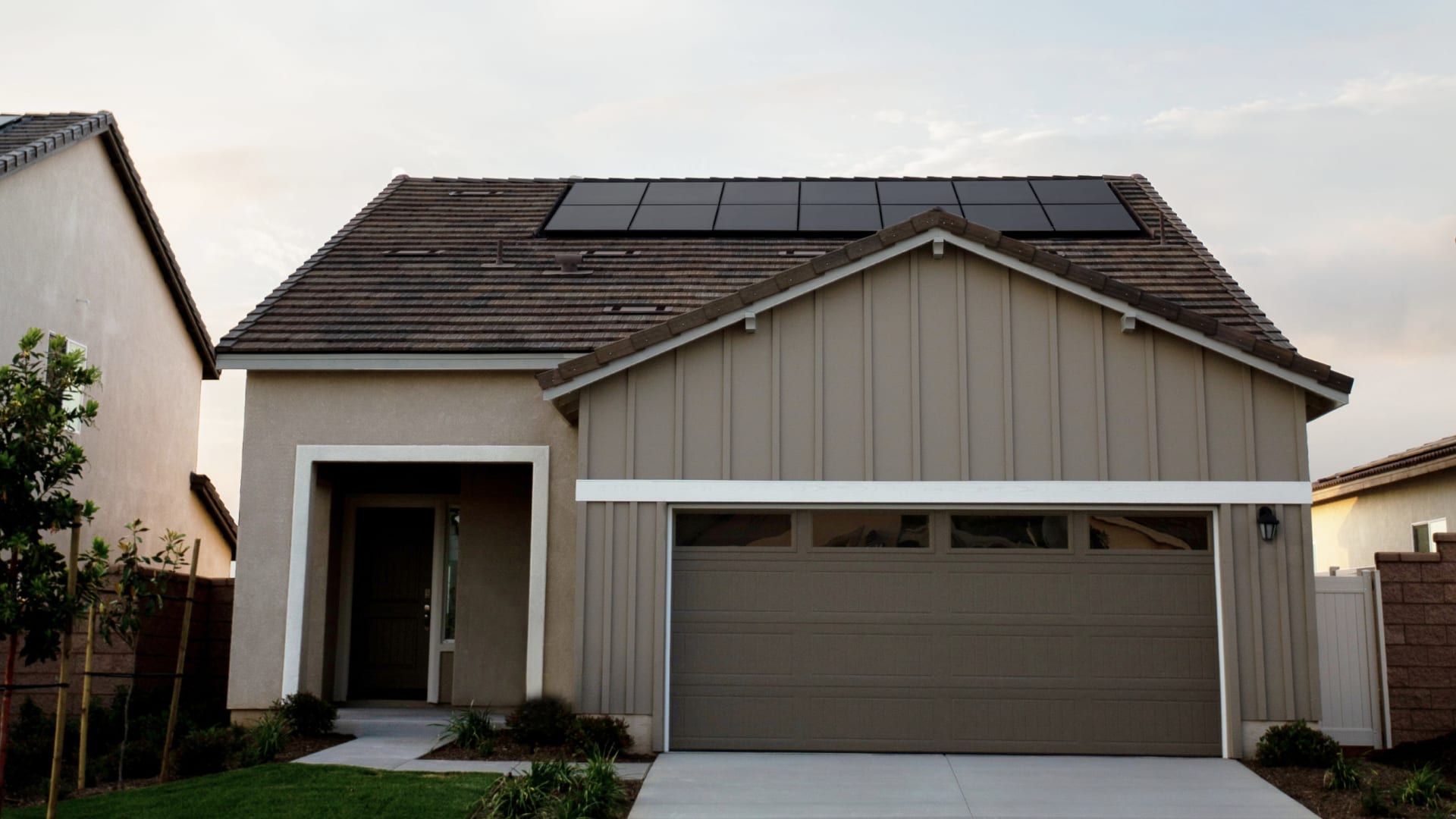10 Ways to Make Your Home More Energy Efficient
Making your home more energy-efficient is not only good for the environment but also for your wallet. By implementing a few changes, you can reduce your energy usage, lower your bills, and enjoy a more comfortable home. Here are 10 practical ways to improve your home’s energy efficiency.
1. Upgrade to Energy-Efficient Appliances
Older appliances tend to consume more energy than newer, energy-efficient models. Look for appliances with the ENERGY STAR label to ensure they meet high standards for efficiency.
Quick Tip: Focus on upgrading major energy consumers like refrigerators, washers, and dryers first.
2. Seal Gaps and Cracks
Air leaks around windows, doors, and vents can cause your heating and cooling systems to work harder. Sealing these gaps can significantly reduce energy loss.
Quick Tip: Use weather stripping or caulk to seal cracks and prevent drafts.
3. Install a Programmable Thermostat
A programmable or smart thermostat can automatically adjust the temperature when you’re away or asleep, saving energy without sacrificing comfort.
Quick Tip: Set your thermostat to lower temperatures in winter and higher temperatures in summer when you’re not home.
4. Switch to LED Lighting
LED bulbs use significantly less energy than traditional incandescent bulbs and last much longer.
Quick Tip: Replace the bulbs in high-use areas first to maximize savings.
5. Add Insulation
Proper insulation in your walls, attic, and floors can reduce energy loss and improve your home’s ability to maintain a consistent temperature.
Quick Tip: Focus on the attic first, as it’s one of the primary areas for heat loss.
6. Install Energy-Efficient Windows
Windows can be a significant source of energy loss. Upgrading to double-pane or energy-efficient windows can improve insulation and reduce energy bills.
Quick Tip: If new windows aren’t in the budget, use window films or heavy curtains to improve efficiency.
7. Use Ceiling Fans Wisely
Ceiling fans can help circulate air and reduce the need for heating or cooling. In summer, set the fan to spin counterclockwise, and in winter, reverse it to clockwise.
Quick Tip: Turn off ceiling fans when you leave the room to save energy.
8. Reduce Water Heating Costs
Water heating is one of the largest energy expenses in a home. Lowering the temperature on your water heater and using a water heater blanket can help reduce energy usage.
Quick Tip: Set your water heater to 120°F for optimal efficiency.
9. Unplug Unused Electronics
Electronics and appliances consume energy even when they’re turned off, a phenomenon known as "phantom load."
Quick Tip: Use power strips to easily turn off multiple devices at once.
10. Consider Renewable Energy Sources
Solar panels or small wind turbines can provide clean, renewable energy for your home. While the upfront cost can be high, the long-term savings and environmental benefits make it worthwhile.
Quick Tip: Look for local incentives or tax credits to offset installation costs.
Final Thoughts
Making your home more energy-efficient doesn’t have to be overwhelming or expensive. Start with a few of these tips, and you’ll quickly see the benefits in reduced energy bills and a more sustainable lifestyle.
Ready to take the next step in creating an energy-efficient home? Contact us for more expert advice and resources!



